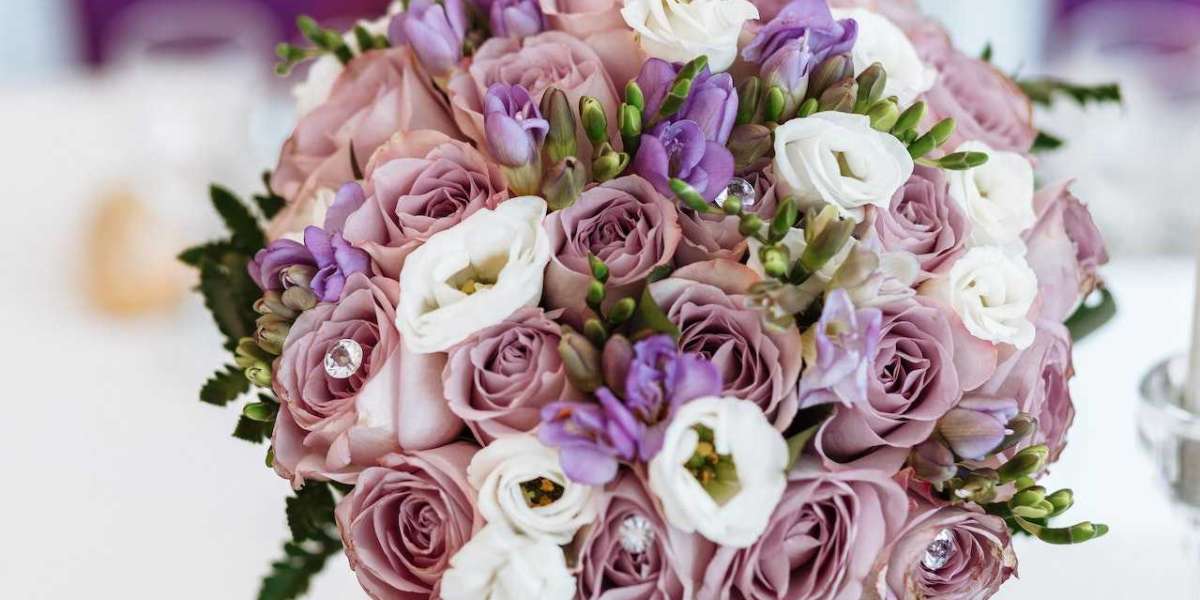Have you ever received a bouquet of birthday flowers and wondered what each blossom symbolizes? Flowers have a unique language with hidden meanings that can convey various emotions and sentiments. This article will explore the fascinating world of birthday flowerssymbolism, uncovering the deep-rooted significance behind each bloom. From the historical origins of flower symbolism to the modern-day applications in relationships and gift-giving, we will delve into the rich tapestry of this secret language.
Traditional Birthday Flowers and Meanings
While birth month flowers hold personal significance, traditional birthday flowers also carry specific meanings regardless of the recipient's birth month. These flowers have a rich history and are frequently associated with specific emotions and traits. Let's explore some of the most famous traditional birthday flowers and their meanings:
Roses: Known as the ultimate symbol of love and passion, roses also represent friendship and admiration. The velvety petals and intoxicating fragrance of roses evoke a sense of romance and beauty.
Lilies: With their striking beauty and purity, lilies symbolize innocence, rebirth, and the eternal cycle of life. They are often used in religious ceremonies and are associated with beauty and grace.
Carnations: Carnations are often given to express fascination and admiration. These resilient flowers come in a myriad of colors, each carrying its unique meaning. From pure white for innocence to vibrant red for deep love, carnations convey various emotions.
Chrysanthemums: In many cultures, chrysanthemums are a symbol of happiness, joy, and longevity. These beautiful flowers come in various colors, making them versatile for different occasions and expressions of emotions.
Sunflowers: Known for their bright yellow petals and towering height, sunflowers symbolize loyalty and adoration. They are a perfect gift to celebrate friendships and express gratitude.
Lesser-Known Birthday Flowers and Meanings
While traditional birthday flowers hold significant meanings, lesser-known blooms also carry unique symbolism. Exploring these less commonly recognized flowers allows for a more personalized and thoughtful gift. Here are a few examples:
Gerberas: With their cheerful colors, gerberas symbolize innocence and bring a sense of joy and positivity to any occasion. These daisy-like flowers are often associated with youthful energy and delight.
Iris: The iris represents wisdom and hope. Its intricate petals, and vibrant colors make it a standout flower, symbolizing the beauty that can emerge from challenging circumstances.
Orchids: Associated with luxury, strength, and beauty, orchids are a symbol of power and elegance. These exotic blooms are often given to convey admiration and appreciation for the recipient's unique qualities.
Hydrangeas: Hydrangeas are known for their abundant, lush blooms in shades of blue, pink, and white. Culturally associated with heartfelt emotions and gratitude, hydrangeas make a wonderful gift to express appreciation and empathy.
Delphiniums: Delphiniums symbolize loyalty and dignity. With their tall, graceful spires and vibrant hues, these flowers make a statement of elegance and steadfastness.
Unique Interpretations Based on Colors
While each flower carries its inherent meaning, the blossom's color adds a layer of symbolism. Here are some interpretations based on the colors commonly associated with flowers:
Red flowers: Red is the color of love, passion, and desire. A bouquet of red flowers conveys deep emotions and romantic intentions.
Pink flowers: Pink symbolizes friendship, happiness, and gratitude. Sending pink flowers is a way to express appreciation for the meaningful relationships in one's life.
Yellow flowers: Yellow represents joy, optimism, and new beginnings. Give a bouquet of yellow flowers to uplift someone's spirits or celebrate a fresh start.
Purple flowers: Associated with royalty, dignity, and admiration, purple flowers carry an air of elegance and admiration.
Blue flowers: Blue signifies serenity, calmness, and trust. Blue flowers are often given to convey a sense of tranquility and stability.
Flower Symbolism in Art and Literature
Flower symbolism has long been integral to art and literature, enriching visual and literary landscapes with deeper meanings. Many influential artists and writers have incorporated flower symbolism into their works, imbuing their creations with symbolic significance. Analyzing famous artworks and literary works allows us to appreciate the layers of interpretation that flowers bring to creative expressions.
Vincent van Gogh's "Sunflowers" series captures the vibrant yellow hues of the sunflower, symbolizing loyalty and adoration. The paintings evoke a sense of awe and admiration for the beauty of nature.
Conclusion
In the secret language of flowers, each blossom holds a message waiting to be unlocked. From the historical origins of flower symbolism to its modern-day applications in relationships and celebrations, the hidden meanings behind birthday flowers add depth and thoughtfulness to any occasion. Whether you choose traditional or lesser-known blooms, understanding their symbolism allows you to convey heartfelt sentiments without uttering words. So, the next time you receive or order flowers online, take a moment to appreciate the richness of their secret language and send a silent message of love, friendship, and gratitude.
Encouragement to explore the secret language of flowers should be embraced, as it illuminates the wondrous world of nature's poetic symbolism.



